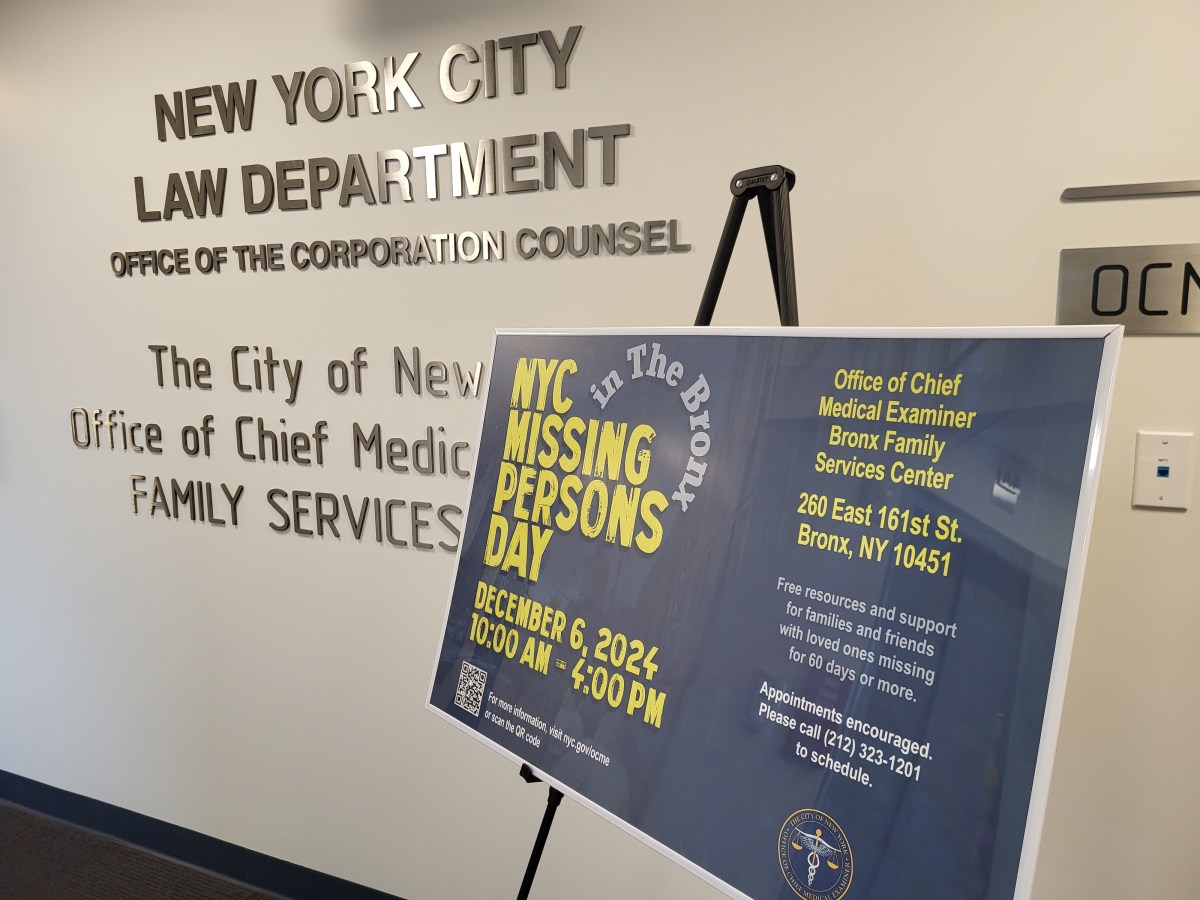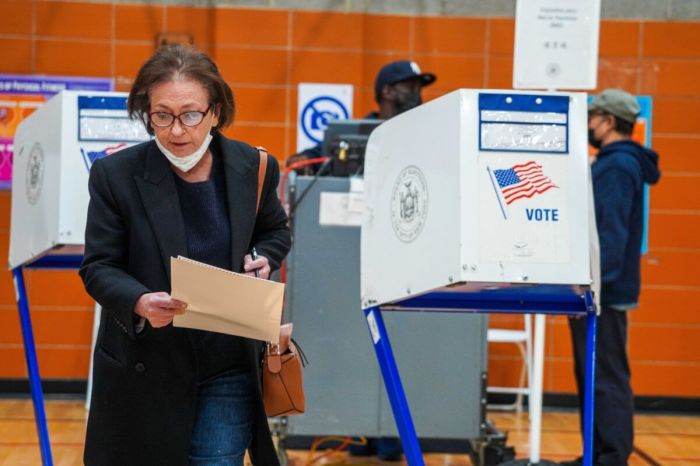
In a clever new attempt to reduce disposable plastic bottles, NYC’s 320,000 high school students will receive reusable, stainless-steel water bottles for free.
But they should be careful where they fill them.
That’s because across NYC schools, there are still water fountains, sinks and other fixtures contaminated with lead. Levels are as high as 229 times the Environmental Protection Agency’s standard for safe drinking water.
Lead is toxic. Even at low levels, it can harm children’s brain development and cause learning and behavioral problems, seizures, hypertension and more.
While the city has made strides in reversing the problem, about a quarter of the city’s 1,500 school buildings still have at least one fixture where the water’s lead levels surpassed 15 parts per billion, the EPA’s safety threshold. Tens of thousands of students are affected. The highest level found was a troubling 3,430 parts per billion — at the IS 166 building in the Bronx, which houses three schools with a combined 1,400 students. Five other school buildings have more than 20 fixtures each with excessive lead.
That’s a marked improvement from the city’s 2016-17 test results, when 83 percent of school buildings had excessive lead, and one faucet showed levels at a staggering 87,300 parts per billion.
While the city has shut off drinking fountains with high lead levels, water continues to flow in bathroom, cafeteria and classroom sinks, and even though signs say it’s just for washing hands, the taps can fill bottles as well.
It’s smart to encourage conservation in the schools and to encourage the drinking of water instead of sugary beverages, but unsafe taps must have bold warnings. Most important, the new bottle program underscores the need to aggressively fix the lead problem.
So far, city officials said there’s no timetable for fixing the remaining fountains and sinks. They should set a deadline while continuing the next round of testing. And there should be a better way for parents and students to easily track lead levels faucet by faucet, school by school, as well as repairs.
Better than bottles is safe water for students to drink.






































